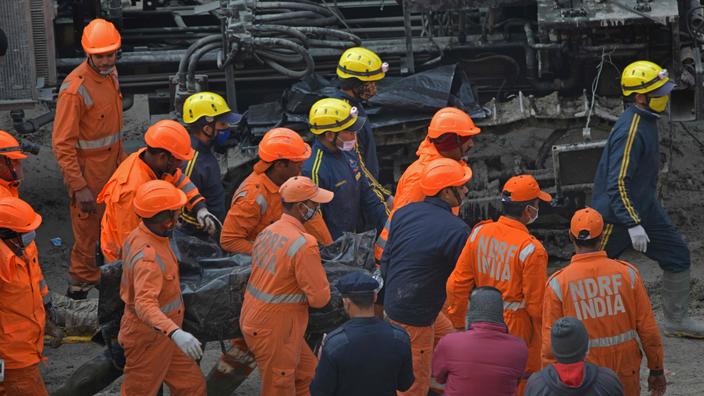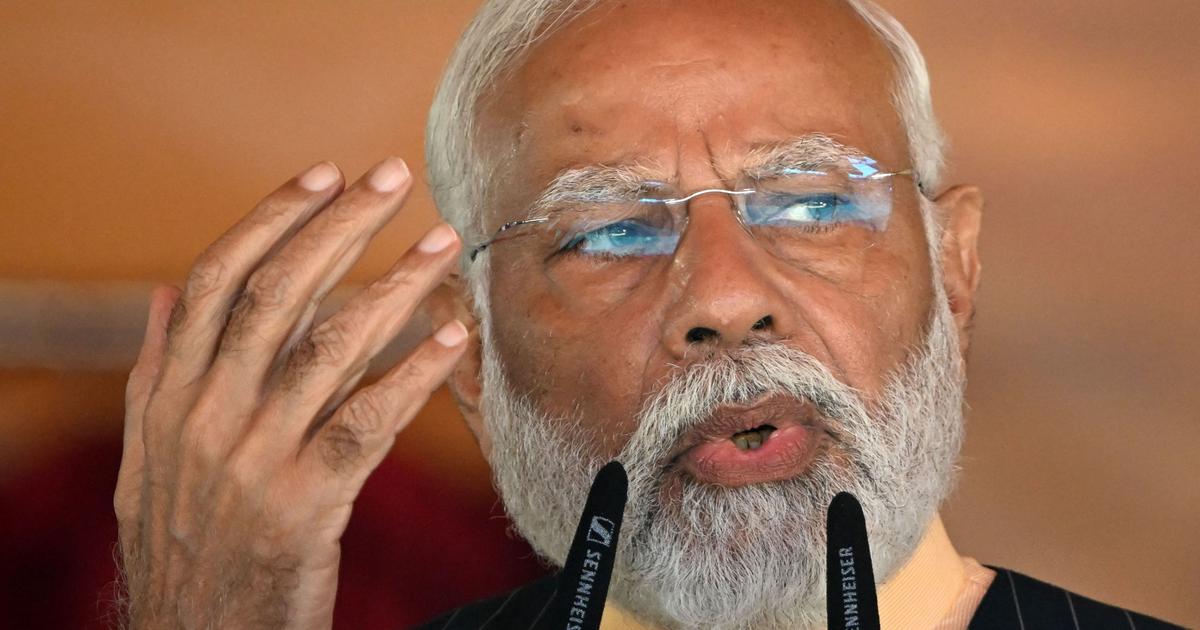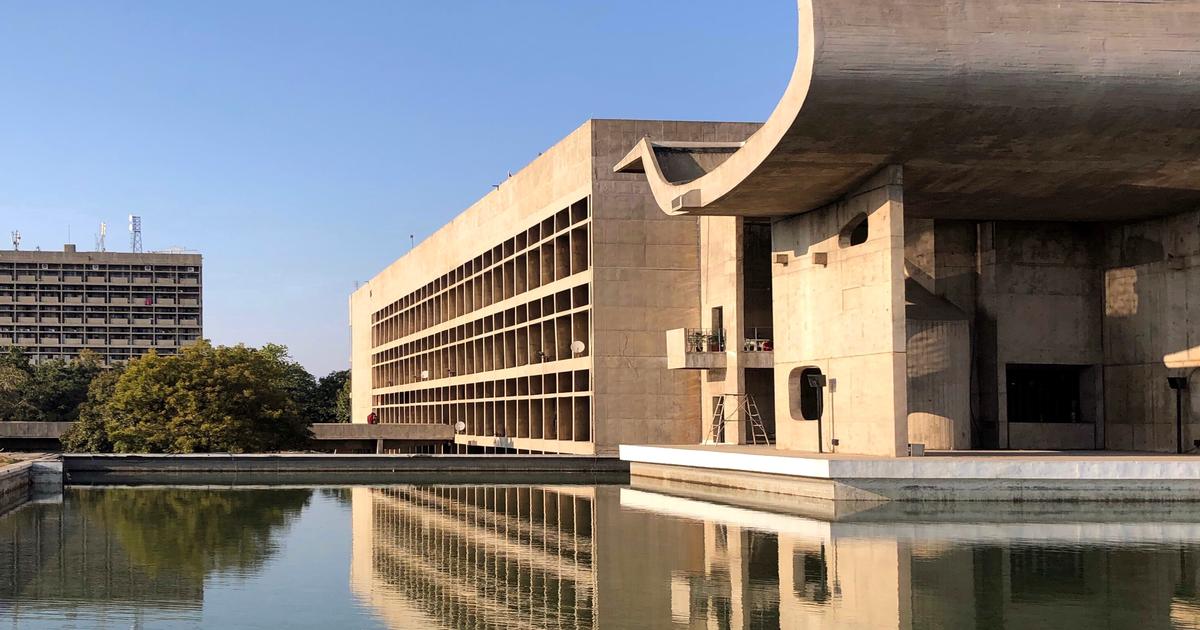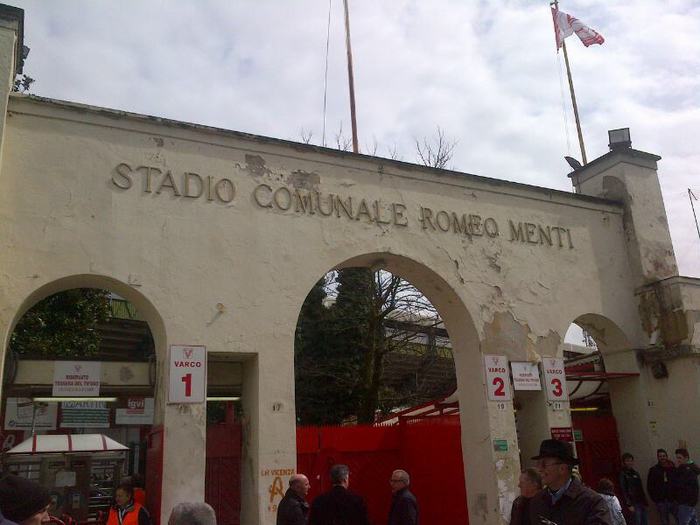Tens of thousands of homes in New Delhi were deprived of running water Monday, February 15, following a devastating flood that struck a valley in northern India eight days ago.
Read also: India: fears that a recent Himalayan lake will cause another flash flood
Authorities on Monday explained the shortage by the large amount of mud and debris coming from the Rishiganga Valley, in Uttarakhand state, whose water mainly supplies Delhi, 530 km away.
The disaster of February 7 left more than 50 dead and 150 missing, according to the authorities' provisional toll.
The flash flood devastated the Himalayan valley, damaging a hydroelectric complex and destroying roads and bridges.
Rescuers found bodies in a tunnel at the Tapovan hydropower plant in which around 30 people, according to estimates, have since been trapped by mud and rocks.
The phenomenon was first attributed to the rupture of a Himalayan glacier but other hypotheses are considered, including the formation of a glacial lake due to the melting of a glacier and whose shores have given way.
Of increasing concern is the rapid melting of glaciers observed in the region due to global warming.
Read also: India: a drilling to try to save thirty men trapped in a tunnel
The waters of the valley flow into the Ganges before reaching Delhi.
Authorities were not able to say how long the cuts would last.
But Raghav Chadha, vice chairman of the Delhi water authority, urged residents to use the water "
wisely
" because two of the city's main sewage treatment plants could not operate at full capacity due to quantities of dirty raw water.
Teams were "
deployed 24 hours a day
" to clean the filters and purge "
raw water with a high ammonia content
", according to the official.
Delhi, which has a population of over 20 million, experiences water shortages every summer.
Sixty percent of the water supplied to Delhi comes from the sacred Yamuna River and around 34% from the Ganges, both of which have faced severe pollution in recent years.









